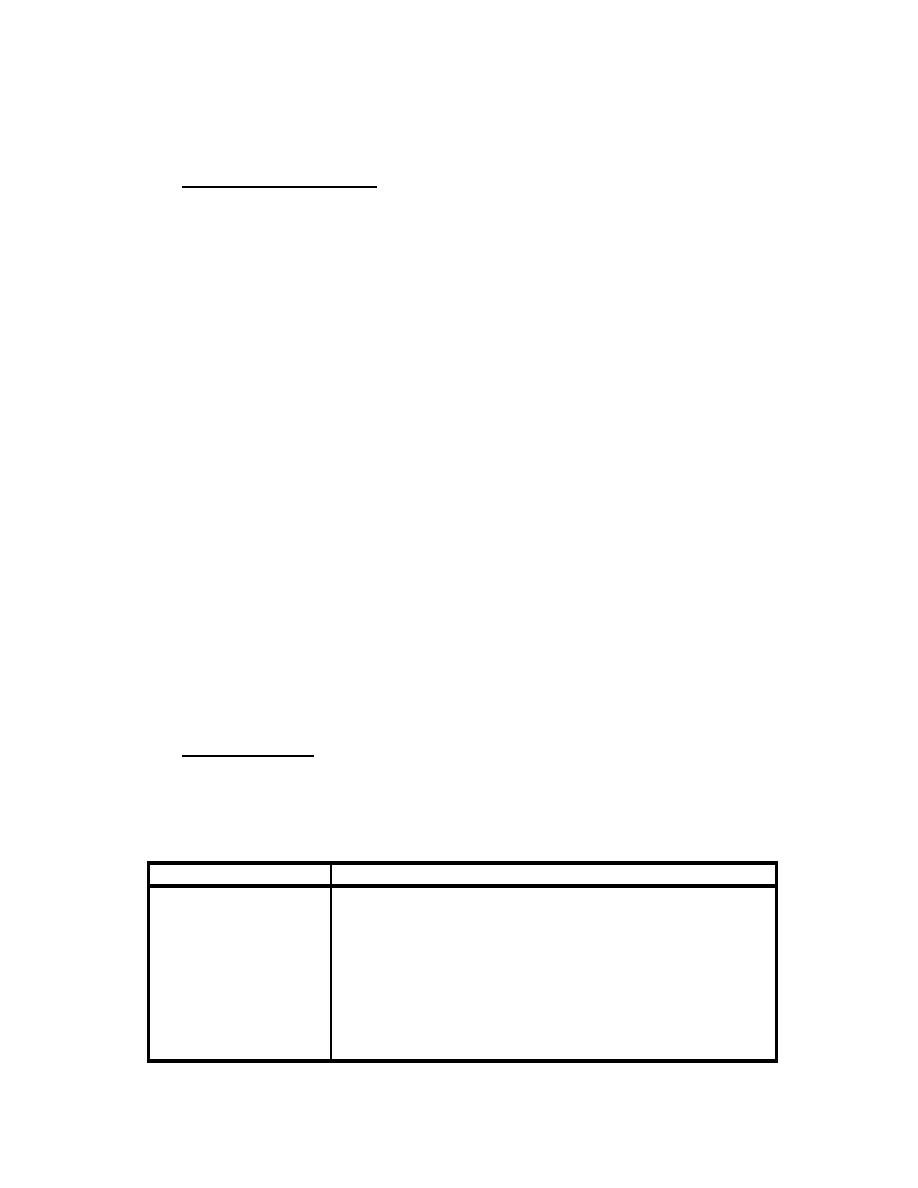

Custom Search
|
|

|
||
 MIL-HDBK-1023/4
small sheds and shelters in an exposed location; which house power equipment, wire fences,
antennas, supporting structures, or telephone, and electric lines.
2.11
Toxic Agents and Solvents. Toxic agents and solvents are poisonous substances that
can cause injury by contact or ingestion. Substances termed "caustic" or "corrosive" cause the
flesh to be eaten away on contact; the results of contact with these agents range from minor skin
irritations to severe burns. There are materials that are toxic only if they are taken internally.
Toxic agents also exist as a gaseous vapor and may be injurious immediately or over a long
period of time. There are also a few substances used in electronic equipment that are basically
nontoxic agents, but under certain conditions, can become highly toxic.
a) Carbon Tetrachloride (CCL4). Never use carbon tetrachloride. Contact with
carbon tetrachloride destroys the natural oils of the skin, producing a whitish appearance on skin
surfaces that are exposed; continuous skin exposure may cause skin eruptions. Carbon
tetrachloride fumes are highly toxic.
b) Trichloroethylene (C2HCL3). This agent, used principally as a degreasing solvent,
is a narcotic and anesthetic material. Organic injury rarely results from overexposure, but
repeated overexposure can cause anemia and liver damage.
c) Battery Acids. The most common battery acid is sulfuric acid (H2SO4). Sulfuric
acid is a corrosive toxic agent; repeated or prolonged inhalation of its fumes can cause
inflammation of the upper respiratory tract, leading to chronic bronchitis. Loss of consciousness
with severe damage to the lungs may result from inhalation of concentrated vapors when the
sulfuric acid is hot. The acid in a highly concentrated form, prior to adding water for battery use,
acts as a powerful caustic, destroying skin and other tissue. This destruction appears as severe
burns, and such exposure may be accompanied by shock and collapse. The fumes from highly
concentrated sulfuric acid cause coughing and irritation of the eyes; prolonged exposure may
produce a chemical pneumonitis.
2.12
Fire Extinguishers. Fire extinguishers of the proper type, and in good working
condition, should be conveniently located near all high-voltage equipment. Table 5 lists the
types of fire extinguishers that are normally available.
Table 5
Types of Fire Extinguishers
Extinguisher
Uses
May be used on any fire, particularly on electrical fires.
CO2
May be used only on ordinary fires, as liquid is a conductor
Soda-acid
of electricity. Not effective on burning compounds, oil,
etc.
Foam
Very effective on burning compounds, oil, and similar
materials. Not satisfactory for electrical fires, as
compound is a conductor of electricity.
16
|
 |
|
 |
||